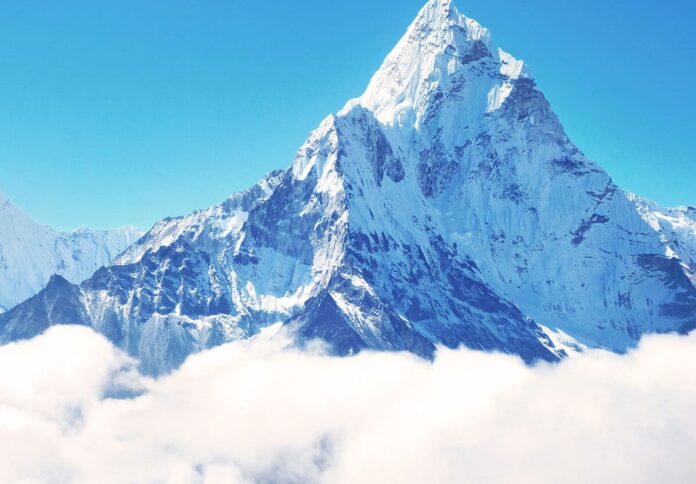China has announced the long-awaited reopening of access to Mount Everest for foreign climbers, marking a significant milestone in the post-pandemic era. For the first time since the global health crisis, international adventurers can embark on the exhilarating journey to conquer the world’s tallest peak via Tibet.
Adrian Ballinger, a seasoned mountaineer with eight successful ascents of Everest, is among the Western guides who favor the Tibet route over the more popular Nepal route. Through his company, Alpenglow Expeditions, Ballinger will lead a group of climbers to tackle the formidable challenge of scaling Everest from the north.
Unlike typical bureaucratic channels, the distribution of permits to utilize the Chinese route is overseen by the China Tibet Mountaineering Association (CTMA), rather than central tourism authorities in Beijing. Interestingly, there was no official announcement from the Chinese government regarding the reopening, with climbers relying on updates from CTMA, particularly regarding pricing for the season.
Foreign climbers must navigate additional visa requirements, securing separate permits for Tibet, a semi-autonomous region within China. CTMA plays a pivotal role in facilitating this process for climbers seeking to undertake the Everest expedition.
With a cap of 300 permits annually for non-Chinese climbers, the window for Everest ascents is narrow, typically spanning from late April to mid-May. Ballinger’s team, well-prepared after pre-acclimatization at home, will set foot in China on April 25, optimizing their time for the arduous climb ahead.
While Nepal’s southern route to Everest enjoys greater fame and popularity, it also grapples with the adverse effects of mass tourism, including environmental degradation from waste and erosion. This contrasts with the historical preference for the Chinese side due to its perceived safety, a sentiment that prevailed until significant disruptions in 2008.
The dynamics shifted dramatically in 2008 when China hosted the Summer Olympics in Beijing. Amidst Olympic fervor, the Everest region faced a sudden closure, resulting in financial losses for many climbers and subsequently driving business towards the Nepali route. This pivotal event marked a turning point, shaping climbing trends for years to come.
Now, with the reopening of the northern route through Tibet, foreign climbers have a renewed opportunity to experience Everest from a different perspective. As access resumes after a hiatus since 2020, there is anticipation that the trend may gradually revert, with climbers rekindling their fascination with the Chinese side of Everest.
The reopening of Mount Everest to foreign climbers symbolizes resilience and a gradual return to normalcy in the realm of adventure tourism. It not only offers a chance for thrill-seekers to conquer new heights but also underscores the enduring allure of the world’s most iconic peak, beckoning adventurers from across the globe to embark on an extraordinary expedition.


